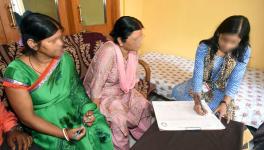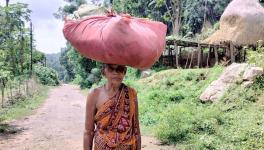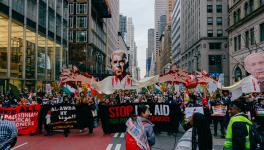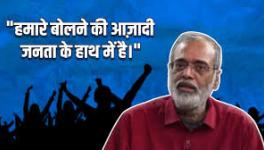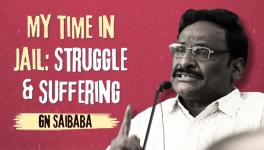Dozens of Dimes: When the US Public Funded Polio Research
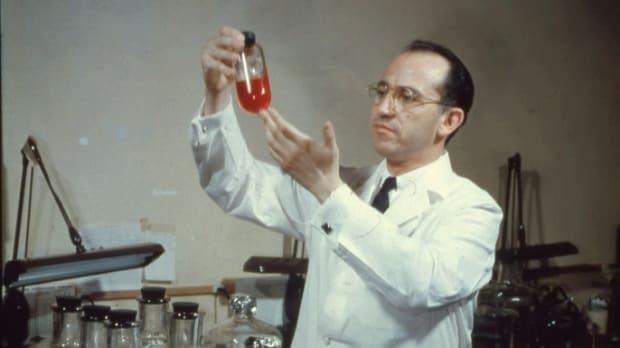
Image Courtesy: History.com
In the mid-20th century the US was ravaged by polio, but despite having come up with a vaccine, the government was caught between procuring it and leaving the job to the private sector. With supply not forthcoming and the establishment holding back, a black market came up, and the cost of the vaccine skyrocketed. The government finally relented and procured the vaccine, but how did it come about in a country which largely left health to the private sector?
A story in The Ken this morning encapsulates this fascinating story of a dithering government and a citizenry willing to donate for the public good and bring the health system up to speed.
The US had first majorly encountered the disease in the year 1916, with close to 27,000 children infected by it then. About over 6,000 of them died from it and the rest would deal with disabilities for their entire life. Polio confounded the administration, with people unable to understand how it was being transmitted or contracted. About 70,000 cats were killed in New York City after a rumour went around that the feline was responsible for spreading it. The disease kept returning, year after year, with future US President, a 39-year-old Franklin Roosevelt affected by it.
In the year 1953, when Dr. Jonas Salk showed that the vaccine against polio – courtesy the National Foundation for Infantile Paralysis (NFIP), a non-profit organisation founded by President Roosevelt – worked, the country had already seen over 3,000 deaths due to the disease a year prior.
However, there was still a need to test efficacy and subject it to human trials. A report in The Conversation summarises the process: "By 1953, Salk and his team had shown their experimental vaccine worked – first on monkeys in their lab, then on children who already had polio at the D.T. Watson Home for Crippled Children, and then on a small group of healthy children in Pittsburgh. One of the largest field trials in medical history soon followed. It began on April 23, 1954. Some 650,000 children got the Salk polio vaccine or a placebo, and 1.2 million other kids received no injection but were monitored as an untreated control group."
The results were finally published on April 12, 1955, and it was a success, but the country's problems did not end there. While the American populace expected the government would have had millions of doses in store to administer to people, they had not.
At the time the US government largely left public health to private players and while the vaccine was ready to be rolled out, the government did not wish to buy it. While the government dilly-dallied, a black market came up with vaccines costing about $20, ten times the price. Soon, the rich were able to afford it while the poor could not.
When the US Secretary of Health was later asked whether the government inaction led to shortage in supply, she said it was an "incident unique in medical history" and that "no one could have foreseen the public demand".
A book titled 'Polio, An American Story', by David M. Oshinsky, wrote about what came later. "The reaction was volcanic. Editorials mocked the secretary and demanded her resignation. So did the majority of letters and telegrams that poured into the White House mailroom. Some described her as “hopelessly incompetent” and prone to “stupid mistakes”. Others called her heartless. “Seldom”, said one, “have I seen such a callous disregard for human life in peacetime”."
Succumbing to public pressure, then President Dwight Eisenhower signed on the Polio Vaccination Assistance Act of 1955; it set aside $30 million to pay for and distribute the vaccines.
Since the government did not wish to interfere in a space it largely left to the private sector, how the did the vaccine itself come about in the first place?
It was because US President Roosevelt had earlier decided to place his faith in the public. At a fundraiser singer Eddie Cantor asked people to send a dime (0.1$) each to the White House.
The people responded and the President's official accomodation was filled with envelopes with dimes in them. The total finally came to about $25.5 million at the end of the 1940's which the NFIP used to fund research into the vaccine and conduct trials.
Get the latest reports & analysis with people's perspective on Protests, movements & deep analytical videos, discussions of the current affairs in your Telegram app. Subscribe to NewsClick's Telegram channel & get Real-Time updates on stories, as they get published on our website.









